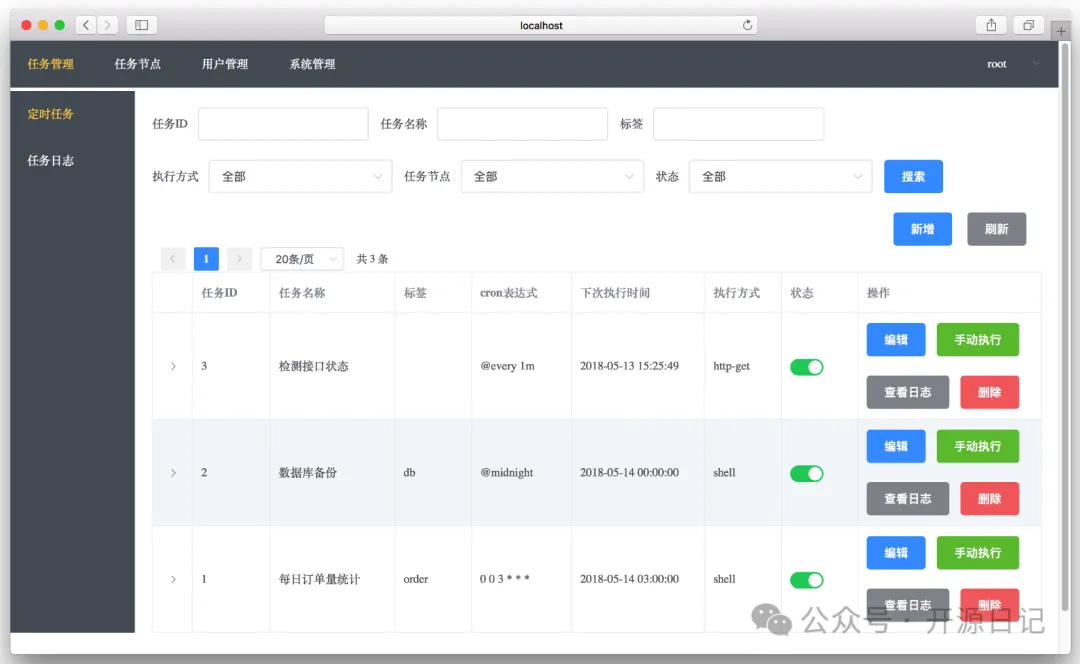前言
最近在跨域、cookie 以及表单上传这几个方面遇到了点小问题,做个简单探究和总结。本文主要介绍了关于axios中cookie跨域及相关配置的相关内容,下面话不多说了,来一起看看详细的介绍吧。
1、 带cookie请求 – 画个重点
axios默认是发送请求的时候不会带上cookie的,需要通过设置withCredentials: true来解决。 这个时候需要注意需要后端配合设置:
header信息 Access-Control-Allow-Credentials:true
Access-Control-Allow-Origin不可以为 \’*\’,因为 \’*\’ 会和 Access-Control-Allow-Credentials:true 冲突,需配置指定的地址
如果后端设置 Access-Control-Allow-Origin: \'*\' , 会有如下报错信息
Failed to load http://localhost:8090/category/lists: The value of the \'Access-Control-Allow-Origin\' header in the response must not be the wildcard \'*\' when the request\'s credentials mode is \'include\'. Origin \'http://localhost:8081\' is therefore not allowed access. The credentials mode of requests initiated by the XMLHttpRequest is controlled by the withCredentials attribute.
后端配置缺一不可,否则会出错,贴上我的后端示例:
const express = require(\'express\')
const app = express()
const cors = require(\'cors\') // 此处我的项目中使用express框架,跨域使用了cors npm插件
app.use(cors{
credentials: true,
origin: \'http://localhost:8081\', // web前端服务器地址
// origin: \'*\' // 这样会出错
})
成功之后,可在请求中看到
2、我的前端项目代码的axios配置
axios统一配置,会很好的提升效率,避免bug,以及定位出bug所在(方便捕获到error信息)
建立一个单独的fetch.js封装axios请求并作为方法暴露出来
import axios from \'axios\'
// 创建axios实例
const service = axios.create({
baseURL: process.env.BASE_API, // node环境的不同,对应不同的baseURL
timeout: 5000, // 请求的超时时间
//设置默认请求头,使post请求发送的是formdata格式数据// axios的header默认的Content-Type好像是\'application/json;charset=UTF-8\',我的项目都是用json格式传输,如果需要更改的话,可以用这种方式修改
// headers: {
// \"Content-Type\": \"application/x-www-form-urlencoded\"
// },
withCredentials: true // 允许携带cookie
})
// 发送请求前处理request的数据
axios.defaults.transformRequest = [function (data) {
let newData = \'\'
for (let k in data) {
newData += encodeURIComponent(k) + \'=\' + encodeURIComponent(data[k]) + \'&\'
}
return newData
}]
// request拦截器
service.interceptors.request.use(
config => {
// 发送请求之前,要做的业务
return config
},
error => {
// 错误处理代码
return Promise.reject(error)
}
)
// response拦截器
service.interceptors.response.use(
response => {
// 数据响应之后,要做的业务
return response
},
error => {
return Promise.reject(error)
}
)
export default service
如下所示,如果需要调用ajax请求
import fetch from \'@/utils/fetch\'
fetch({
method: \'get\',
url: \'/users/list\'
})
.then(res => {
cosole.log(res)
})
以上就是这篇文章的全部内容了,希望本文的内容对大家的学习或者工作具有一定的参考学习价值,如果有疑问大家可以留言交流,谢谢大家对的支持。
© 版权声明
THE END










暂无评论内容